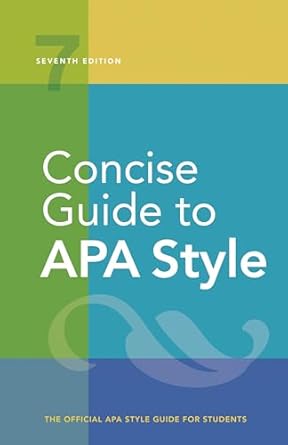[toc]
statistical table design significance notes guide
Concise Guide to APA Style: 7th Edition (OFFICIAL)
Page 166 Review
Analyzing Statistical Significance in Tables: A Deep Dive
This excerpt from an ebook delves into the nuances of presenting statistical data in tables, particularly focusing on how to indicate significance levels and utilize table notes effectively.
Let’s break down the key elements discussed:
One-Tailed vs.
Two-Tailed Tests
The passage highlights the importance of distinguishing between one-tailed and two-tailed tests when reporting p-values. “If you need to distinguish between one-tailed and two-tailed tests in the same table, use an asterisk for the two-tailed p values and an alternate symbol (e.g., dagger) for the one-tailed p values, and specify the convention in the probability note.” This is crucial for clarity and avoids misinterpretation of the results.
The example provided further clarifies this: “p < .05, two-tailed. “p < .01, two-tailed. 'p < .05, one-tailed. "p < .01, one-tailed."
Indicating Significant Differences
The excerpt then moves on to illustrating how to signify statistically significant differences between values within a table. “To indicate statistically significant differences between two or more table values—for example, when comparing values with post hoc tests such as Tukey’s honestly significant difference (HSD) test—use lowercase subscript letters (see Table 77 in Section 7.21 for an example).
Explain the use of the subscripts in the table’s general note…” Using subscripts linked to a clear note provides a concise visual cue for readers to quickly identify significant distinctions.
For example:
“Note.
Means sharing a common subscript are not significantly different at a = .01 according to Tukey’s honestly significant difference procedure.”
This is a very common practice across research publications and essential for any research-oriented individual to have ingrained in their work.
Formatting Table Notes
The structure and formatting of table notes are then detailed, emphasizing a hierarchical approach. “Begin each kind of note on a new line below the table body.
A general note appears first.
A specific note begins on a new line under a general note; subsequent specific notes begin on the same line.
A probability note begins on a new line under any general or specific notes; subsequent probability notes begin on the same line.” This standardized organization ensures a logical flow of information, making it easier for readers to understand the context and limitations of the data.
The following is also very important: “Multiple specific or probability notes are separated from each other by a period and a space.
Lengthy specific notes may be presented on separate lines if this improves readability.”
Furthermore, the passage specifies that notes should be double-spaced and aligned flush left: “Double-space all table notes, and align all notes flush left (i.e., with no paragraph indentation).”
An example provided showcases the formatting:
“Note.
The responses were gathered in the laboratory.
an = 25. ’n= 42.
‘p< .05."p<.01.™"p< 001."
Eliminating Repetition with Notes
Finally, the text highlights the strategic use of table notes to avoid redundancy. “Table notes can be useful for eliminating repetition from the body of a table.
Certain types of information are appropriate either in the table body or in a note.
To determine the placement of such material, remember that clearly and efficiently organized data enable readers to focus on those data.” The key is to prioritize the reader’s focus on the data itself. “Thus, if probability values or subsample sizes are numerous, use a column rather than many notes.
Conversely, if a row or column contains few entries (or the same entry), eliminate”
Essentially, the passage advocates for a thoughtful and deliberate approach to constructing tables, ensuring clarity, accuracy, and accessibility for the reader.
The effective use of notes, consistent formatting, and mindful presentation of statistical significance are crucial for conveying research findings effectively.
Buy full ebook for only $18: https://www.lulu.com/shop/american-psychological-association/concise-guide-to-apa-style-7th-edition-official/ebook/product-rmzpq54.html?page=1&pageSize=4
Statistical Table Design Significance Notes Guide
Read more: Copyright Attribution Guide: Templates & Best Practices

